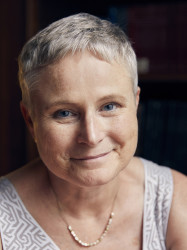BibTex format
@unpublished{Riley:2021,
author = {Riley, S and Wang, H and Eales, O and Haw, D and Walters, C and Ainslie, K and Atchison, C and Fronterre, C and Diggle, P and Ashby, D and Donnelly, C and Cooke, G and Barclay, W and Ward, H and Darzi, A and Elliott, P},
title = {REACT-1 round 9 final report: Continued but slowing decline of prevalence of SARS-CoV-2 during national lockdown in England in February 2021},
url = {http://hdl.handle.net/10044/1/86343},
year = {2021}
}

